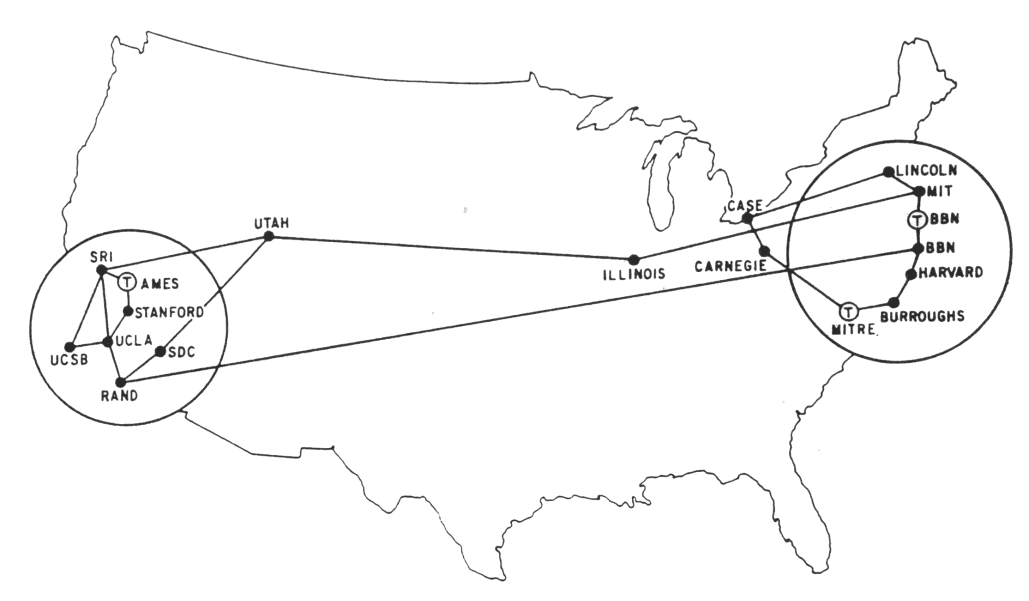 The ARPANET network in 1971 The ARPANET network in 1971 |
It
started in 1969 with a packet-switched network of computers – ARPANET – in the US Defense Department. This carried the first email, sent in 1971. Then, in 1989, an important advance was made at the European Organization for Nuclear Research (or CERN), close to Geneva. British scientist Tim Berners-Lee, working with Belgian Robert Cailliau, proposed a distributed hypertext system that became known as the World Wide Web. The necessary software was developed in 1990, and crucially, the system was used not only within CERN, but also made freely available to all.
 Tim Berners-Lee, World Wide Web inventor (Source: CERN)
Tim Berners-Lee, World Wide Web inventor (Source: CERN) |
The Internet that carries the World Wide Web comprises many types of equipment and telecommunication infrastructure, which must operate together seamlessly. The worldwide expansion of the Internet owes much to technical standards from ITU, from the early days of modems through to today’s broadband. Hardly anyone would be able to use this powerful resource without ITU-brokered and approved global standards for the critical transport layers and access technologies. And the future is continually under consideration, including such issues as the transition to
IPv6 to overcome the urgent need for Internet Protocol addresses, especially given the burgeoning
“Internet of Things.”
 |
The Internet is now used by more than a third of the global population. Its huge social and economic importance means that debate must also take place on matters of policy. ITU has a long history as a venue for discussing how best to
ensure that the Internet works for all. The World Summit on the Information Society gave ITU the mandate to spearhead this effort, bringing all interested parties together. In addition, the Union’s membership has mandated ITU’s work on such topics as
cybersecurity;
protection of children online; promoting multilingualism on the Internet; protecting consumer rights and privacy; international Internet connectivity, and fostering investment in the necessary infrastructure.
